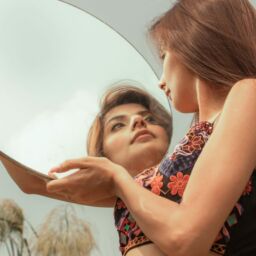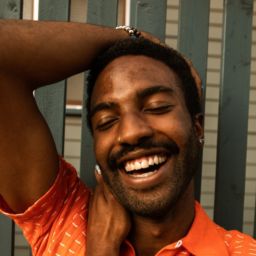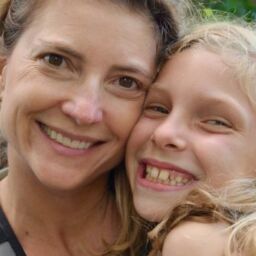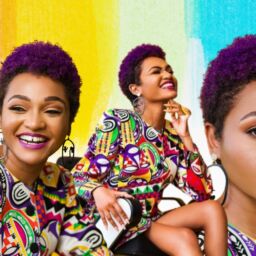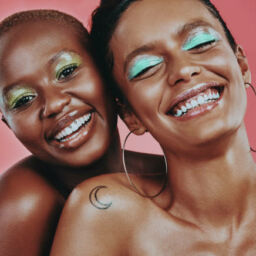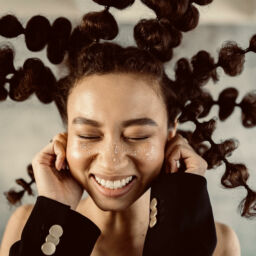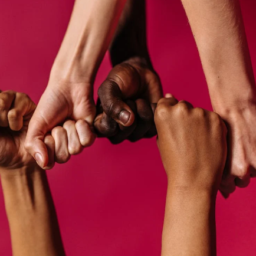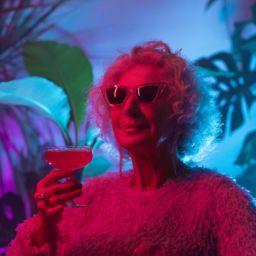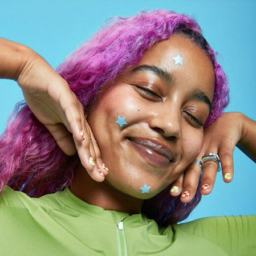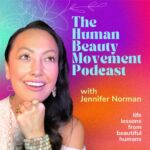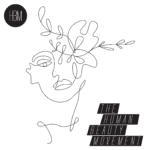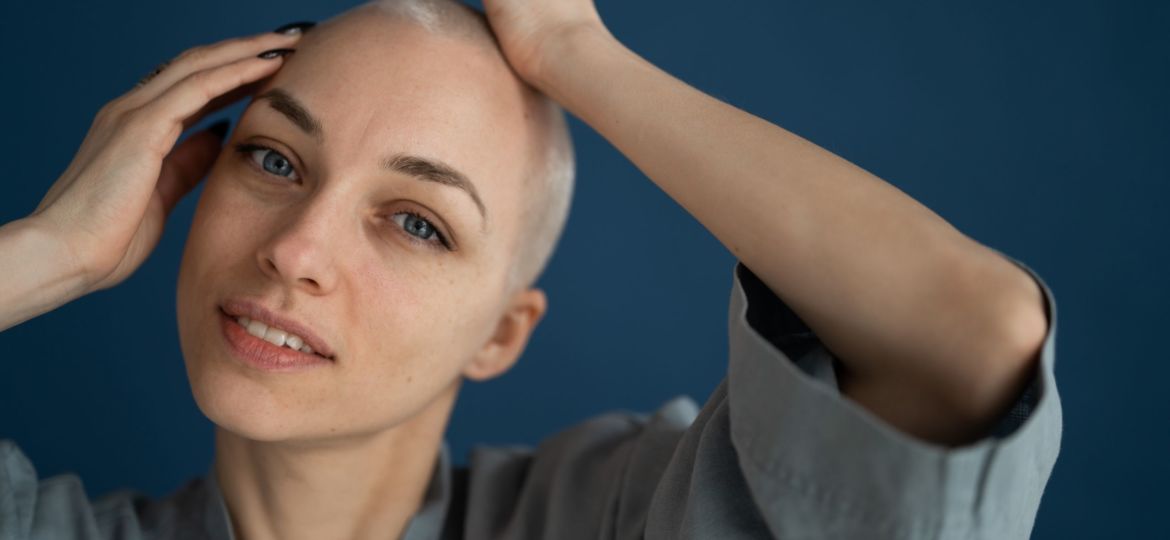
Hair is often seen as a reflection of our identity because it’s both personal and public. It’s an aspect of ourselves that we can easily change to convey different emotions or stages in our lives. Our hair is as unique as our fingerprint; a canvas that we can color, cut, and make our own. This deep personal relationship between hair and self-expression is evident throughout history, philosophy and even religion. However, femininity and its relationship to hair is slowly being altered to better address the rising issue of limiting social constructs.
Hair loss used to be a taboo subject that was never discussed no matter your gender, age, or diagnosis. But times, much like the world’s view on hair, are changing. People, including celebrities, are beginning to share their hair loss stories, whether it be due to genetics, disease, or even weight loss. Negative stigmas surrounding hair loss are being shattered, and in their place, real narratives are shaping new and inclusive outlooks that are truly ground-breaking.
Within the last few years, actresses Ricki Lake and Jada Pinkett Smith brought their hair loss journeys to the forefront. Ricki took to Instagram to give the world a glimpse of the suffering she’s been dealing with due to hair loss from the stress of being a public figure, hormones, crash dieting, weight fluctuations, and genetics. Jada has also been very transparent with postings on her Instagram account that outline her alopecia diagnosis and how it has affected her life.
Pictured: Ricki Lake (Left) and Jada Pinkett Smith (Right) Source: Good Morning America and Daily Mail
Thanks to social media, hair loss is becoming a topic that isn’t shunned but celebrated. People are finally telling their stories, much like Sabryna Rocha, who spoke to us about her life-altering journey with alopecia.
So I Let My Friends Shave My Head
Sabryna Rocha, a 25-year-old Los Angeles resident, was diagnosed with an autoimmune disease called alopecia at the age of 11 after noticing that her hair was thinning. “Thin hair soon transitioned into bald spots,” she explains. “So I turned to my doctors for an explanation, but soon after my initial appointment, I was referred to a dermatologist who gave me my diagnosis.”
At the young age of 11, Sabryna began looking for ways to help her hair grow back and avoid any more loss. “I was willing to try anything,” she says. “I began taking an oral medication, while also using hair growth serums, special shampoos and conditioners, yet nothing seemed to work. I didn’t know what to do.”
Sabryna’s life changed during her adolescence; a time that should be dedicated to playing with friends, late-night slumber parties, and enjoying the thrill of being a child. Instead, she was sent down a path that would fill her with resilience, courage, and as time passed, peace within herself.
Pictured: Sabryna Rocha
The HBM: When you noticed your hair thinning, how did you react?
Sabryna: In 7th grade, when I first noticed my hair starting to thin, I tried to brush it off. I was young, so I didn’t really think twice about it. I had no idea that it would only get worse as time passed.
Within a few months of me being aware of my thinning hair, I noticed two different bald spots. They were about a quarter size each. I was frantically trying to figure out what was going on, so I decided to seek professional help.
The HBM: You mentioned that you were given your diagnosis by a dermatologist. Did you receive any treatment for your alopecia?
Sabryna: After about two years and several visits to my dermatologist, I began receiving corticosteroid injections into my bald spots. This process was extremely painful, uncomfortable, and had me returning to the dermatologist for appointments every 4 weeks until my hair began to fill back in.
I was only allowed to get the corticosteroid injections if my bald areas were fully bare and a certain size. There were actually quite a few times that I was denied the injections because my bald spots didn’t fit the criteria to receive them. Any time I would have a fully bare bald spot, though, I would go in to receive the injections for around four months to ensure that my hair would begin to grow back.
In August of 2021, my alopecia became more prominent than ever. By October, I had seven bald spots scattered around my head in varying sizes. Unfortunately, I was unable to get an appointment with my dermatologist and was told that I’d have to wait for availability in December to receive more injections.
The HBM: That’s a long time to wait! Did you receive the shots in December 2021? When were your last corticosteroid injections?
Yes, I did receive the injections in December of 2021, which was my last dose. During this session, my dermatologist informed me that she expected me to have hair growth within three weeks of said injections and to come back in a month for my follow up appointment and next set of injections.
Three weeks had passed, and not even the slightest bit of hair growth showed. The bald patches continued to spread. Essentially, the corticosteroids injections worked at first, but as the years marched on, my bald spots continued to come and go in varying sizes and on different areas around my head.
The HBM: What is your definition of alopecia?
Sabryna: When I first found out that I had alopecia, my doctors informed me that alopecia is different for each person. Some people may have small bald spots, while others may lose all their hair. Some may find treatments that can temporarily help, but for others, their hair may never grow back.
It’s a disease that happens when the immune system attacks hair follicles and causes hair loss. Considering I was so young when I was diagnosed with alopecia, the definition that my doctor and dermatologist gave me has become imprinted on my brain, so now, it’s my definition, as well.
The HBM: How would you describe your journey since finding out you have alopecia?
Sabryna: Over the years, I’ve had to deal with my hair constantly falling out and then proceeding to grow in. At times it felt like every time one bald spot would grow its hair back, then another one would appear. It was a never-ending cycle that I had zero control over. So I’d define my journey with alopecia as extremely long and extremely frustrating. Plus, it’s had a huge, very negative impact on my confidence.
The HBM: What was the effect on your self-image?
Sabryna: My self-image and self-confidence were very impacted by my diagnosis. I was extremely embarrassed by my alopecia and was constantly worried that people would see or notice my bald spots. Sometimes I didn’t even want to leave the house if I was struggling to cover them or felt like my bald spots were too noticeable.
My diagnosis began to run my life, but then I’d consider shaving my head and my outlook would change a bit. I thought that it might make me feel less self-conscious about my bald spots, and I’d be free from the worry of what others thought about my hair loss.
However, I was absolutely terrified to actually shave my head. One day, though, I finally said to myself that I was done fighting to keep my hair. So, on January 1st, 2022, I decided it was time to take back my life and my confidence by fully shaving my head!
The HBM: In one of your TikTok videos, your friends take turns shaving your head. What gave you this idea?
Sabryna: My friends were my biggest support system throughout my journey with alopecia. Most of them have been in my life for several years now. They saw me face the realities of alopecia head-on; through the endless amounts of bald spots, doctors appointments, hair growth and loss, and most importantly, the mental toll that it held over me.
My closest friends stood by me every step of the way. I truly believe that I would not have had the courage to shave my head without their constant words of affirmation. I wanted to show them how strong they made me, and for them to take part in my newfound confidence just made sense. It was very emotional for everyone that took part in the process. A lot of tears were shed; some sad tears, but mostly happy tears.
Pictured: Sabryna shedding happy tears before, and then celebrating after letting her friends shave her head.
The HBM: Did your perspective on hair change throughout your journey?
Sabryna: My perspective on hair definitely changed throughout my journey with alopecia. Before being diagnosed, I was obsessed with the idea of having long, beautiful hair. I was the girl who would go in for a haircut and beg the hairstylist to only take off an inch. I felt that hair was a major factor in what made me “pretty”.
After learning that I had alopecia, I struggled with what “pretty” and “beautiful” meant to me. I’ve always believed and promoted the idea that every single person in the world is perfect in their own way, but it was much harder to find that inner support for myself. Eventually, I learned to love myself, even if I didn’t have long, flowing hair. I realized that there is no standard for beauty. I am so happy and I can proudly say I have never felt as good as I do now.
The HBM: What helped you find yourself and your inner love again?
Sabryna: Shaving my head was the best thing that has happened to me and it helped me see my beauty again. I felt liberated and in complete control of my life.
For years I tried to hide from my disease, and it tore down my self-image in so many ways. Now, I’m no longer afraid of who I am, and I’m not trying to hide my disease anymore. I’ve found inner peace knowing that although this may not have been the route I would have chosen to take, it’s what was chosen for me. I want to share my story and I want others who suffer from Alopecia to know that they are not alone.
The HBM: You’ve started sharing your alopecia journey through TikTok. Will you continue to post about alopecia and the experiences you have had with it?
Sabryna: I would love to continue to share my alopecia stories through TikTok! I think it’s extremely important to be transparent about the struggles I’ve faced, as well as the positives that can come with having alopecia.
Alopecia is not our definition; it’s just a part of who we are. Spreading that knowledge is so important to me. Everyone deserves happiness. And coming from someone who struggled with the realities of alopecia at a young age, it can be found in the most unique of places.
The HBM: Has social media impacted your views on alopecia?
Sabryna: Social media has had a huge impact on my journey with alopecia. Since shaving my head, I’ve had several people reach out to me that also struggle with the disease. It’s hard to believe the number of people that secretly battle alopecia, much like I did.
Alopecia is a link that we all share, and it’s amazing to be able to converse with others that have experienced similar dealings with the disease. Social media has also provided me with the platform and opportunity to share my story and offer advice to anyone struggling with alopecia. I plan to use it to inspire others in every way possible.
The HBM: Where are you today in your journey? Has your life changed? Have you changed?
Sabryna: My story is now one of happiness. I’ve never felt more alive, more beautiful, and more me. I intend on keeping my head shaved and living my life to the fullest without any worries holding me back. My journey doesn’t define me, but it’s definitely shaped me.
Pictured: Sabryna Rocha, now happy and confident with herself in every way
Sabryna, along with Ricki and Jada, realized that hair does not define them nor is it what makes them beautiful. Their beauty lies in the courageous journeys they have all shared; they’re embracing every little quirk, imperfection, and perceived flaw that makes them beautifully human.





